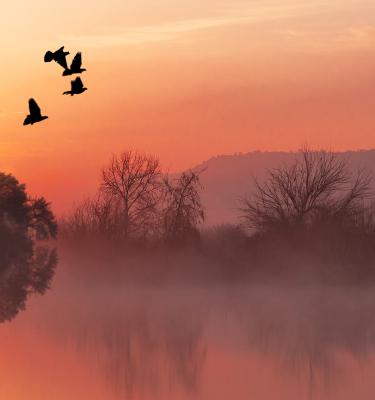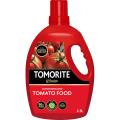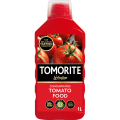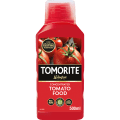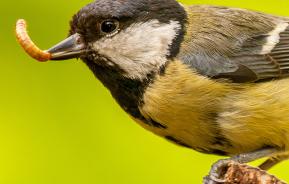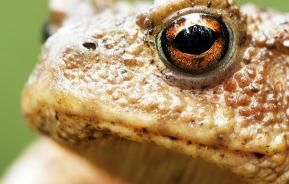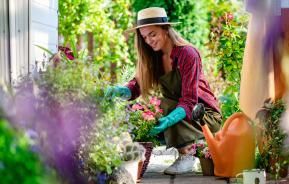For those that have not seen it before, Autumnwatch is an annual BBC television series broadcast live from various locations around the UK, recording the natural behaviours of British wildlife. It is filmed throughout the year covering the changing seasons with Springwatch, Autumnwatch and Winterwatch.
While it’s a great way to learn about nature, the animals roaming the UK and the changes in the seasons, you can do much more than experience it through the screen. There are plenty of ways to get started and encourage local wildlife into your garden, giving you the perfect opportunities to observe them up close.
Many of the following ideas can be applied in a garden, small or large and some even on a balcony. The main aim is to create an inviting home for animals whose habits are decreasing.
Hedgehogs
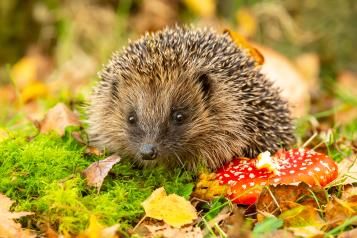
A warm and safe place for hedgehogs to hibernate over winter is essential to their survival. It will need to be secure and sturdy to avoid any unwanted visits from badgers and foxes. Premade hedgehog boxes can be bought, or you can get stuck in and make one to a similar design.
A wooden box or crate made from sustainable sources can be used or home built. A tunnel to the entrance can also be made to make it more inviting and provide more protection, this can be made from untreated wood or bricks.
The box should be slightly raised off the ground, with plastic sheeting covering the top to stop moisture getting in, finishing with a layer of soil, dry grass, leaves and twigs to make an authentic roof.
The best position to place your hedgehog home is in a quiet, shady area of the garden, preferably south-facing. To encourage hedgehogs to build their nest inside, a selection of leaves, straw, grass, twigs and bracken can be distributed around the entrance.
Natural habitats for hedgehogs in the garden can include hedgerows, fallen logs and under sheds or compost heaps. The key ingredients are insulation and humidity.
Frogs, toads and newts
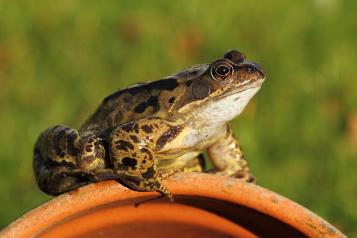
These amphibious creatures like to hibernate in a cool, dark and damp shelter where they can stay safe from predators. Frogs sometimes like to use mud at the bottom of ponds, whereas many amphibians spend the winter on land or a little way underground. Whichever their preference, there are two simple ways in which we can give a helping hand; an underground shelter and a mini pond.
Underground shelter
For the underground shelter start by collecting a selection of old bricks, large stones, logs, cut off twigs and branches. The location for the shelter should be in a shady or semi-shady spot, with a large enough area to create a hole big enough in width and depth to contain your collected items.
Dig the hole to the required size, keeping the soil that is removed to one side. Now place your collected materials in a maze-like formation in the hole, making sure that the items are secure with no risk of collapse, but with enough room to create hidden tunnels and corridors for the amphibians to move through.
Once the hole is filled you can continue to build the shelter above ground level to create more opportunities for wildlife to find it. Use some of the soil removed from the hole to cover over the top, being careful to leave enough gaps around the edges for entrances.
To add camouflage, add branches or twigs or alternatively distribute some wildflower seed over the soil and surrounding area.
Mini pond
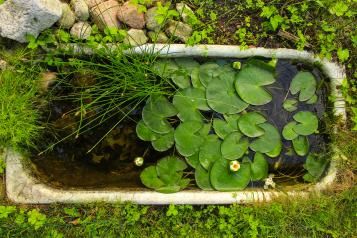
For the perfect amphibian hotel, the shelter can be accompanied by a homemade pond. Depending on the space available to use, the pond can be made to any size. For the majority, a mini pond will be the best solution.
To start you will need to source a watertight container such as an old enamel sink, a stone trough, a ceramic plant pot without drainage holes or even a large washing up bowl. Any gaps should be filled or covered with pond liner or silicon.
The container should be placed in the chosen position for the mini pond before placing anything inside or filling with water, as this will cause it to be too heavy to move. The pond can either sit above ground or be sunk below ground level to allow for easier access.
Once positioned, line the base of the container with a thin layer of clean gravel and place an assortment of bricks, rocks and logs inside to create stepping stones and a sloped ramp for an easy exit. Use rainwater to fill the pond where possible, if necessary tap water can be used, but it will need to be left for a few days to allow it to neutralise first.
The final step is to garnish with some natural pond plant life, using a low nutrient soil mixed with grit in mesh planters. The most popular types of plants to use are a combination of marginals, aquatics and oxygenators such as water lilies, submerged pondweed, rigid hornwort, whorled water-milfoil and many more. Once complete the wildlife and pond creatures will gradually find their own way to their new home.
Insects, bugs and bees

There are hundreds of tiny critters that roam your garden every day. The perfect way to give them a home or a warm place to stay is to build a creature B&B. Using a wide variety of recycled materials to create different levels or ‘rooms’ will attract all types of wildlife.
This can be made out of individual boxes or multiple pallets to create alternate floors. Recyclable materials can include but are not limited to; dead wood, straw, hay, dry leaves, loose bark, hollow plastic drainpipes, plastic bottles, bamboo canes, bricks and cardboard.
It is important that the location for the B&B will be in a position that is warm with some sunlight and some shade, with protection from wind and rain. To start, stack your chosen number of wooden pallets on top of one another and secure with nails to prevent any movement.
Now use your collected materials to fill out the gaps in the pallets to form different habitats. The bottom pallet can be placed upside down to the others to allow larger gaps for access at the base of the B&B. Blocks of wood and bricks with holes in can be used underneath to create support whilst providing crevices for garden invertebrates.
Bundle straw and hay together in places to provide hibernation opportunities and others with dead wood, dry leaves and loose bark for beetles, centipedes, spiders and woodlice to hide in, as it mimics the litter on forest floors.
Lengths of hollow plant stems or bamboo canes can be cut down and fitted inside plastic drainpipes or bottles in a hive-like formation to encourage bees. Other ideas to fill any remaining gaps can be pine cones, logs, rolled up corrugated card, wood chips, old tiles or plant pots.
Birds
The best way to attract all types of birds into your garden is by creating an inviting environment with birdbaths, feeders and houses/nesting boxes. All of these can be bought from local retailers or made by hand using recycled materials.
Bird baths
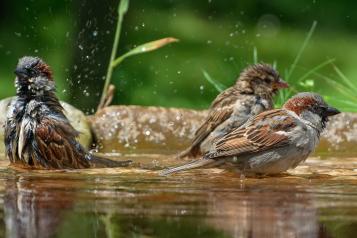
These can be made using any material that will be sturdy, yet light enough for easy refilling and cleaning, with sloped sides to allow for water depths between 2cm and 10cm. The variance in depths will allow different species of birds to bath to their preference.
The surface will need to be rough enough for the birds to grip with their claws, or alternatively a thin layer of gravel can be applied across the bottom. The position of the birdbath should provide adequate cover, with preening perches and clear visibility for safety against predators.
A Simple solution can be a textured plant saucer with a stone in the middle, which can be supported on large rocks or posts to raise it off the ground.
Feeders
These are the easiest and most cost-effective way to encourage birds into the garden as they can be made from almost anything. From the creative and innovative to the simplest, the majority can be made from household items.
As long as the item can hold seeds, has holes for distribution and drainage and can provide a perch for birds to land on, it can be used as a feeder. A biodegradable idea is to use an unbroken half of an orange peel, hung up with string and filled with seed.
Alternatively, other items such as cardboard tubes, plastic or glass bottles, tin cans, wire mesh, flowerpots, jars, teacups or even a shoe can be used. A popular idea is to use a plastic bottle and two wooden spoons for perches. Start by cutting an ‘X’ shaped slit in either side of the bottle, with one being slightly higher on one side.
Push the end of the handle through the cuts, starting with the lower side, until the flat end touches the bottle. Cut a small hole in the plastic above the flat end of the spoon to allow the seed to trickle out.
Repeat this with the second wooden spoon about 3-4cm above the first one. Fill the bottle with seed using a funnel and suspend in the garden using twine or string.
Houses/nesting boxes
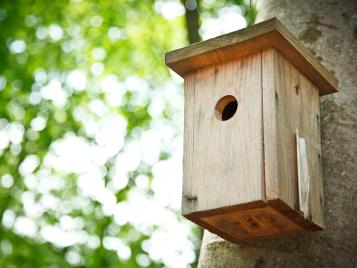
The best material to use to make a suitable home for birds is untreated 15mm thick weatherproof timber. The size of the house required will depend on the species you want to encourage to visit.
The following is a rough guide to the size of entrance needed for certain species:
- 25 mm for blue, coal and marsh tits
- 28 mm for great tits, tree sparrows and pied flycatchers
- 32 mm for house sparrows and nuthatches
- 45 mm for starlings
- 60 mm for spotted flycatchers
- 100 mm for robins and pied wagtails
- 140 mm for wrens
Depending on the style and design you wish to create, there are plenty of options available. There are many pre-made plans to follow or you can be inventive and build something unique, as long as a few essential requirements are met.
The bottom of the entrance hole must be at least 125mm from the floor of the box and the inside surface of the entrance wall will need to have a rough texture.
The base will need to have small holes drilled in it to aid drainage and the roof attached with a durable hinge, fastened at the front with a good catch. The hinge can be made from plastic or a strip of leather or rubber. These will ensure easy access for cleaning and maintenance, whilst providing protection for the wildlife from the elements and predators.
Butterflies and moths
These can be attracted very easily by creating cover and food sources by planting a variety of pollen and nectar-producing flowers, placed in sunny sheltered spots. Types of flowers that are good for many species of butterfly and even bees include Buddleia’s, Verbena’s, Knapweed, Ivy, and Lavender to name a few, whilst evening blossoming flowers such as primroses are good for all types of moths.
To give butterflies an additional treat, take an old speckled banana and keeping the skin unbroken, massage it all over with your fingers until you feel it go mushy. Slice three or four tiny cuts across the upper side of the banana and place it in a sunny sheltered position at about chest height.
All of the above ideas are just a small selection of things that you can accomplish in your garden to attract and improve wildlife. However, there are still many more amazing ways to get involved and help other wildlife in the garden such as lizards, snakes, bats and small mammals alike.
